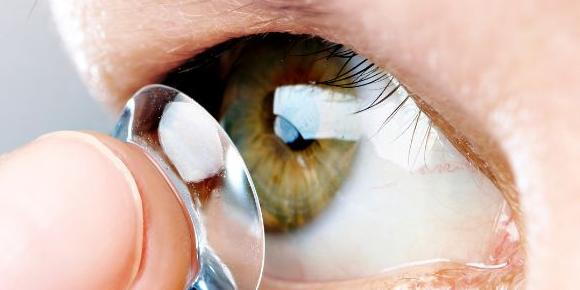
Mastering Vision Correction: A Comprehensive Guide to Contact Lenses
The domain of contact lenses is broad, encompassing various types such as soft lenses, rigid gas permeable (RGP) lenses, and special-effect contact lenses. Soft lenses, made from flexible plastic, offer high comfort and adaptability. In contrast, RGP lenses, though more durable and resistant to deposit buildup, require a more extended adaptation period. Special-effect or costume contact lenses are mainly cosmetic, enabling you to change the color of your eyes temporarily or adopt a dramatic look for events.
An extension of these types includes toric lenses for astigmatism, multifocal and bifocal lenses for presbyopia, and scleral lenses for severe dry eyes or irregular corneas. Each type is designed to address specific vision problems, ensuring optimal optical clarity.
How Contact Lenses Correct Vision
Regardless of the type, all contact lenses work to correct refractive errors in the eye. These errors, including myopia (nearsightedness), hyperopia (farsightedness), astigmatism (distorted vision), and presbyopia (age-related loss of close vision), occur when light entering the eye doesn't focus on the retina as it should. Contact lenses help by altering the light's path to the retina, thus correcting the vision.
Contact Lenses vs. Glasses: A Comparative Overview
The contact lenses vs. glasses debate are common among individuals needing vision correction. While contact lenses offer a more natural appearance, require no special cleaning, and provide better peripheral vision, glasses tend to be less hassle as they don't involve touching your eyes, can be worn indefinitely, and require replacement less often.
How Do I Choose The Best Contact Lenses For Me?
Choosing the best contact lenses for you depends on your eyes, lifestyle, and budget. Here are some steps to help you make a decision:
Consult with your optometrist
They can examine your eyes and prescribe the right contact lenses for your vision and eye health
Consider the different types of contact lenses
There are soft and hard contact lenses, each with its own advantages and disadvantages. Soft lenses are more comfortable and easier to adjust to, but they may not provide the sharpest vision or last as long as hard lenses. Hard lenses, also called rigid gas permeable lenses, are more durable and can correct some vision problems better than soft lenses, but they require more care and adaptation time.
Get your prescription and a proper fitting
Your optometrist will measure your eyes and determine the best size, shape, and power of your contact lenses. They will also teach you how to insert, remove, and care for your lenses
Research different brands
There are many brands of contact lenses on the market, each with its own features and prices. You can compare different brands online or ask your optometrist for recommendations based on your needs and preferences
Consider the maintenance and care required for your contact lenses
Contact lenses need to be cleaned and disinfected regularly to prevent infections and complications. You also need to replace them according to the schedule prescribed by your optometrist. Some contact lenses are disposable and can be thrown away after one day, while others can be worn for longer periods of time before they need to be replaced.
Conclusion
Contact lenses, with their wide range and ability to cater to various eye conditions, have become a mainstay in vision correction. As long as they are used correctly and responsibly, they can offer a liberating alternative to glasses, while ensuring optimal eye health and visual clarity.
Remember, regular eye exams are crucial in maintaining eye health, whether you use glasses or contact lenses. Always consult an eye care professional if you have any concerns.


